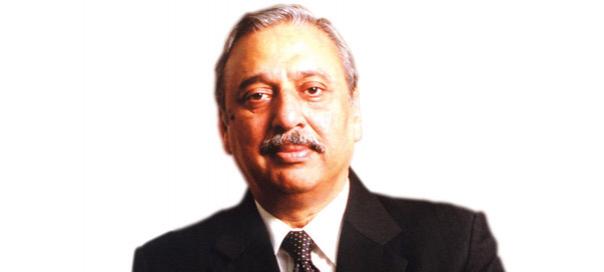With ambitious growth plans, innovative marketing strategy and state-of-the-art technology, Mahesh Gupta, Chairman, Kent RO Systems Ltd., is driving the product on a fast track in a very competitive market.
When you entered the segment, Eureka Forbes was the undisputed leader. What was your marketing approach to make place for your brand?
In the initial years, we were marketing Kent water purifiers as an industrial product. We were highlighting the various advantages of the product, but there was no emotional connect. Moreover, we advertised only in the print media. In 2006, we roped in Hema Malini and went to the electronic media with our advertisement campaign. That really helped us build the brand over a period of time.
There was an impugn order passed by the ASCI on an intra-industry complaint against Kent for using the words “Dunia ka sabse shudh paani” in the tagline. They claimed it was misleading by exaggeration...
Yes, for our tagline ‘Apne paani ko banaye duniya ka sabse shudh paani’, there was a complaint by our competitors and it was upheld by ASCI. But we have obtained a stay order and can continue our campaign.
What were the insights behind the campaign when you said ‘Duniya ka sabse shudh paani’?
We have a lot of testimonies to prove that our water purification system is the best in the world. We have a patent for this product and when we claim that we are the best, anybody who challenges it has to come up with a proof that it is not and that their purifier is the best. People who lodged the complaint have not been able to prove it so far, and so they cannot take away our claim. The court has issued a notice to ASCI to prove why the advertisement needs to be withdrawn and why the complaint has been upheld.
Many brands are entering the segment, especially at the lower end of the market. How has this changed the market dynamics?
Penetration level of water purifiers is hardly 4-5 per cent of the total population. So there is a lot of potential. Many players are entering the market and catering to various segments. This is bound to happen as the market matures. This will help in increasing market base.
You also have a product for the lower end of the market. Does this imply that it would be of low quality because of lower price, because it comes from a brand which has already established its place in the mid and higher segment?
I don’t think there is a conflict. When we advertise, we say that we are a water purifier company. When we advertise for our gravity purifiers, we talk about their features. In the RO category, we claim that it makes water 100 per cent pure but in case of gravity purifiers, we do not say that. We only say that it gives water better than boiled water.
A few companies have adopted the strategy of allowing the consumer to rent water purifiers on a monthly basis or having a purification plant in one part of town. What is your view on this?
We always encourage our dealers to do this. Our business partners can do this too, but we are predominantly a water solutions manufacturing and marketing company, so we like to concentrate on our main business. We encourage our partners to offer valuable services to consumers.
How different is your distribution strategy? What was it when you started operations?
Purifiers were sold only by direct marketing earlier. After initiating the brand campaign, we started putting these products in retail outlets and places from where people would buy products to build their kitchens. This gave them the opportunity to try our product and take a decision on the spot. This strategy has been quite successful. We are also building a network of exclusive outlets where consumers can come and try all our products.
What do you think is the next big opportunity in the category?
At present, market penetration is only 4-5 per cent of the total population. We need to take this product to the consumer level so that a larger consumer base gets to use the water purifier.
Which segment in the industry do you think will grow the most?
All categories are growing. The lower end is growing much faster because it is an entry-level product and low-priced. First a person tries the entry-level product, he then upgrades over a period of time.
You had launched a regular tap water purifier system as well. There were some ad spurts some time back, but you are not advertising it anymore.
We have started releasing advertisements again. Tap Guard water purifier is a product for the future and it is our long-term strategy. People do not feel the need for it right now, but as we move forward, people will opt for it. It will take five to 10 years for people to really understand its utility and install it wash basins. We continue to market that product.
So you think Tap Guard is a bit ahead of its time?
It will take time to settle down. Right now, convincing people to use purifiers in the kitchen is difficult, so convincing them to use filters in wash-basins will be even more difficult. We will keep pursuing the matter. Obviously, we cannot blast the market with advertisements because results will not come immediately. We are doing it slowly and it will happen.
How are you focusing on the digital side of media?
In today’s world of multiple media, we have to focus on each and every touch-point of consumers. Our purpose is to reach out to consumers with information. That is our approach to digital media too. We are present on Facebook, YouTube, every interface possible. We provide information to consumers and then they are intelligent enough to understand and take decisions on what is good for them.
Feedback: dipali@exchange4media.com























